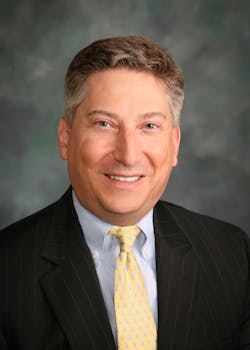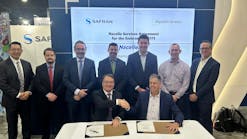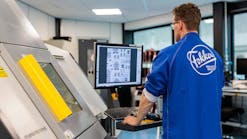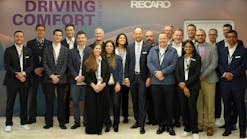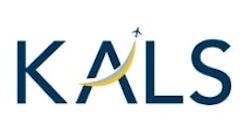It’s been a tumultuous two years for aviation maintenance professionals. With airlines shut down last spring, our sector saw business activity drop by half as the industry shed a quarter of its workforce by the end of the summer. A year later, commercial air travel is returning to normal, other sectors (general aviation, cargo) are thriving and aviation is suffering from workforce whiplash as the pre-pandemic technician shortage grows more acute.
“Emerging” technologies like electric aircraft are another factor creating uncertainty for maintainers. The global electric aircraft market is expected to be $7.9 billion in 2021, to grow 14.8 percent annually and reach $27.7 billion by 2035. These “new” electric technologies (many which have been around a while and are just now being applied to aviation) are attractive to both the commercial and general aviation communities, flight schools and other private aircraft operations. Hundreds of electric trainer aircraft are in production and will be in service in the next three years. Cape Air, a regional airline in New England, may be operating electric aircraft on scheduled routes by 2023.
While ARSA is looking forward to seeing our members flourish in the ever-evolving maintenance marketplace, we worry lawmakers, the FAA or even companies could push for new electric aircraft regulations. That would be a mistake. Aviation safety rules already cover design, production, operations and maintenance of civil aircraft. Those rules aren’t perfect, but serve as the basis of the industry’s outstanding safety record. Rather than adding new requirements and restrictions, let’s focus on how to apply existing rules to technologies that are now being used in aviation and avoid inconsistencies, redundancy and complexity.
Put another way, while aircraft, propulsion systems and components will continue to evolve, how we do our work in aviation maintenance will stay the same. That’s because performance-based maintenance rules that have been around since the 1930s prescribe a consistent and effective way of maintaining airworthiness: use good instructions, use good tools, use good people and do the job right.
The greatest risk to our collective success isn’t new technology, it’s the old workforce. According to the Aviation Technician Education Council, the average A&P mechanic is now 30-50 years old and more than 20 percent are over 64. With 35 percent of the workforce eligible for retirement in next half decade, the industry must intensify efforts to recruit, train, mentor and retain the next generation. We’re hopeful the potential environmental benefits of electric and opportunities to use aircraft in new ways (e.g., urban air mobility) will excite young people and help our collective work.
ARSA and its allies are also pushing the FAA to revamp 14 CFR part 147, the regulation governing technician schools. The new rule will allow schools to adjust their curricula to teach about new technologies while keeping pace with innovative ways to deliver instruction. That will help ensure students with basic skills are able to acquire focused knowledge about electric powerplants and related changes to the airframe and components.
Electric aviation is exciting, as is the re-emergence of supersonic transport, but don’t be blinded the “shiny, new thing.” Our industry’s methodical, deliberate approach to safety may be the old way, but it’s still the right way. Whether you’re working on something 30-years old or the hottest new product, when lives are on the line there’s no greater purpose than doing something right the first time.
Christian A. Klein is the managing member of Obadal, Filler, MacLeod & Klein, P.L.C. overseeing the firm’s policy advocacy practice. He represents trade associations as a registered federal lobbyist and provides strategic communications and legal counsel services to clients. He is executive vice president of the Aeronautical Repair Station Association. Mr. Klein is a member of the University of Virginia’s adjunct faculty.